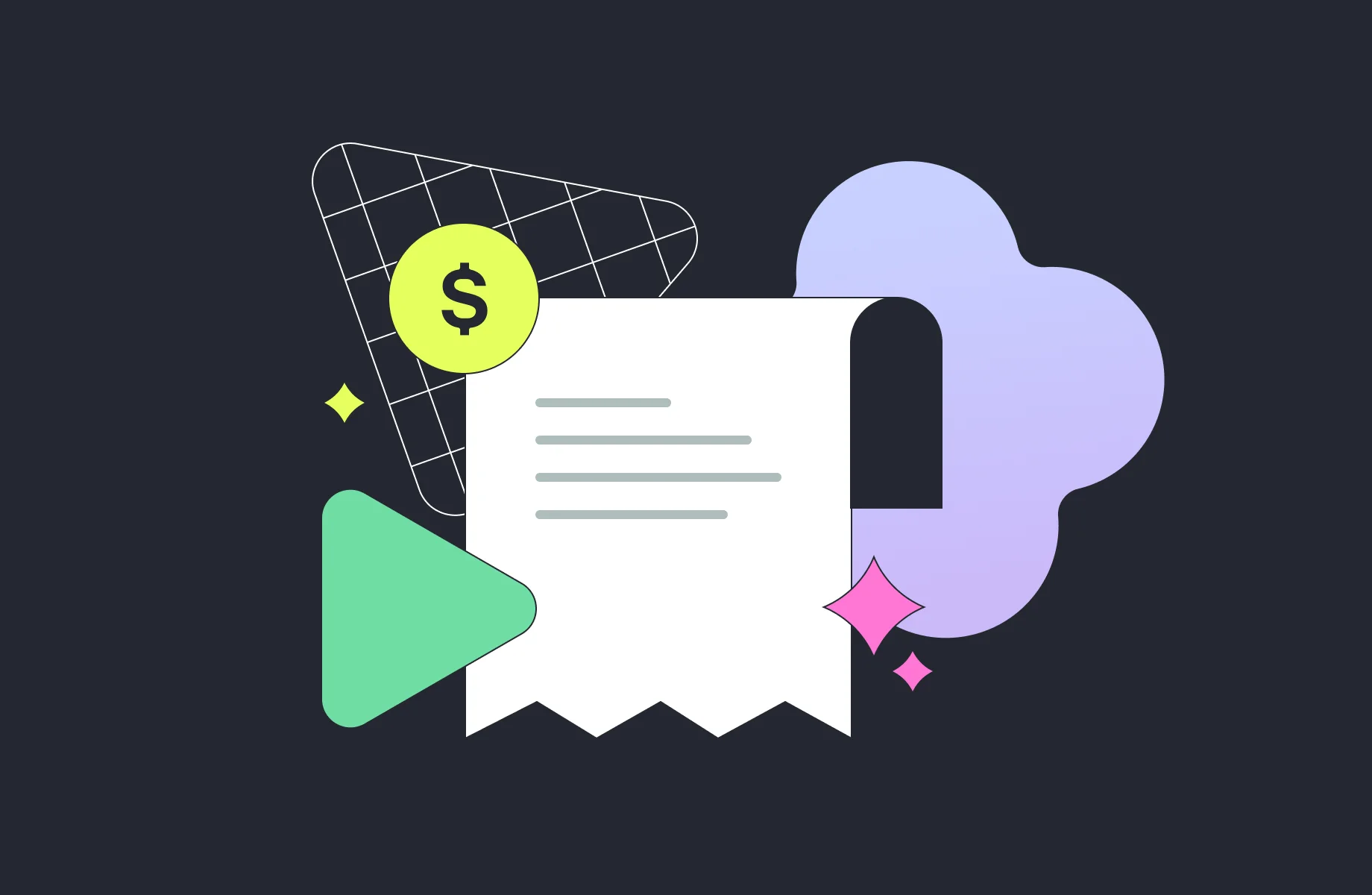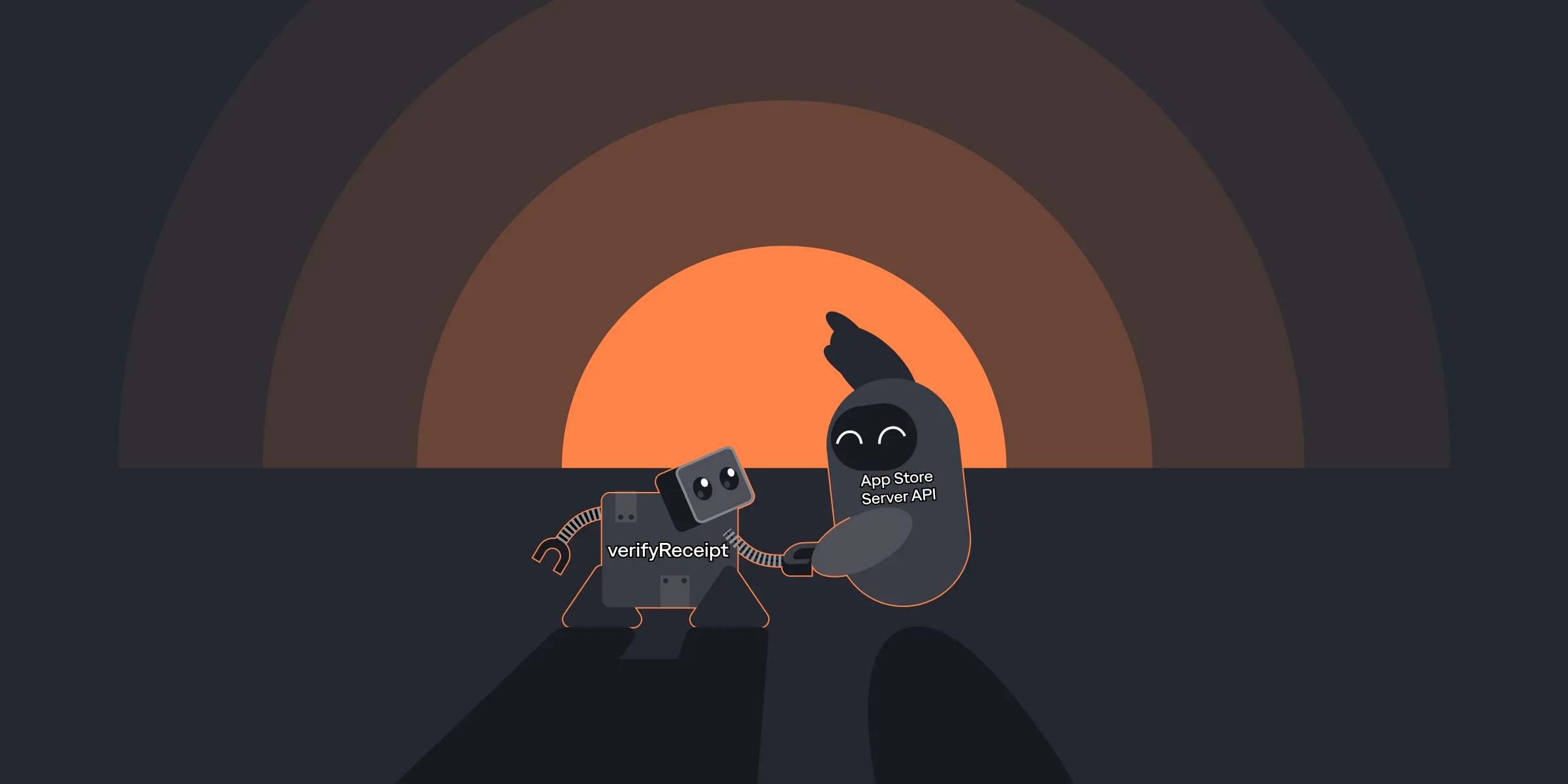How to Migrate Google Billing Library 4.0.0
How to Migrate Google Billing Library 4.0.0

Maria

Maria
Apr 1, 2024
Apr 1, 2024
Google hosts its I/O conference annually, where it announces updates to the Google Billing Library. Since writing this article, a new Billing Library has been released — Google Play Billing Library 7. Make sure to check it out to stay up-to-date with the latest features. If you're interested in the updates from an earlier version, continue reading to learn about the enhancements in Google Play Billing Library 4
Google hosts its I/O conference annually, where it announces updates to the Google Billing Library. Since writing this article, a new Billing Library has been released — Google Play Billing Library 7. Make sure to check it out to stay up-to-date with the latest features. If you're interested in the updates from an earlier version, continue reading to learn about the enhancements in Google Play Billing Library 4















